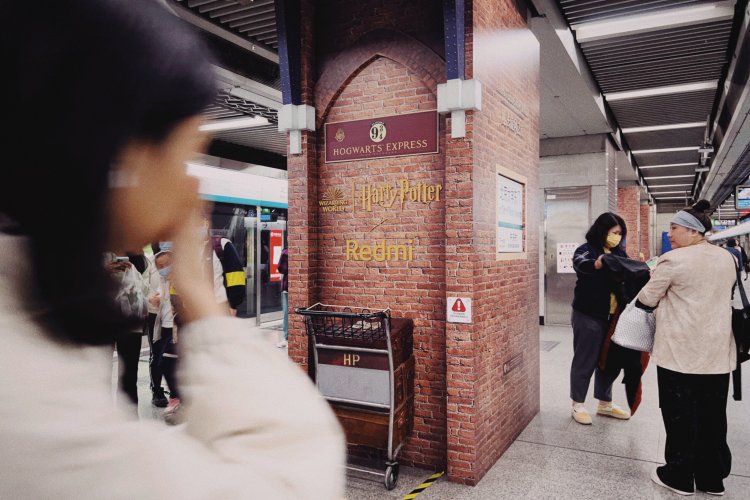The Joy of Six: Chengongzuang West
This month, we’ve checked out all the stops on Line 6 to tell you about the gems that you shouldn’t wait to discover in our station-by-station Going Underground special.
SELLING POINT
If you come here in the daytime, all you’ll see are old fellas walking their dogs
or playing cards. Seeing this, some conclude that neighboring Chegongzhuang
station gets all the fun: Meilanfang Opera House, Guanyuan Market and all
the bustle that comes with a Third Ring Road bridge. But they don’t know
about the history hidden at Chegongzhuang West. The first clue is the artwork
inside the subway, a metal collage of ancient Chinese maps and Latin texts.
It’s a tribute to Beijing’s first expats from Europe – the 17th century Jesuits
who redefined the way China understood the world beyond its borders and
the heavens themselves.
RESPECT
Inside the Beijing Administrative College lies Zhalan Cemetery, the final resting
place of Matteo Ricci, Johann Adam Schall von Bell and Ferdinand Verbiest.
All three were missionary-scholars; all three gained the trust of the Chinese
emperors they served. Ricci is best-known for making the first European-style
map of China. Schall von Bell’s revision of the Chinese calendar earned him the
enmity of jealous astronomers; he only escaped a death sentence because of
a fortunately timed earthquake. Verbiest overhauled all the celestial-gazing
instruments of the Observatory, and designed cannons, gun carriages and
possibly the first automobile.
EAT
Hearty northern flavors are the order of the day at Chegongzhuang West. Lao
Beijing stalwart Jing Wei Lou is located just east of Exit B. Xinjiang cuisine is
represented handily by Tasirlik Yipakyuli and Xinjiang Fanzhuang, both
located in the Wudong Dalou neighborhood northeast of the station. Hong
Bin Lou, 500m south of the station, is a time-honored eatery that serves up
Hui banquet fare. Don’t miss their braised oxtail and the sweet chicken dish
whose name, tasimi, translates as “It’s Like Honey.”
This article originally appeared on page 13 in the February issue of the Beijinger.
Photo: Lova






